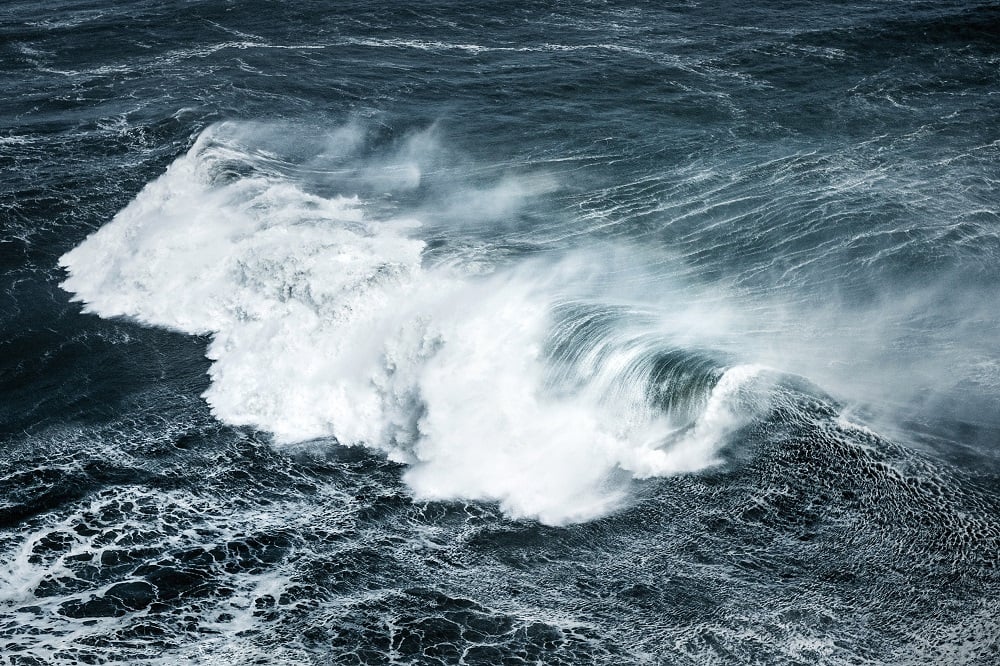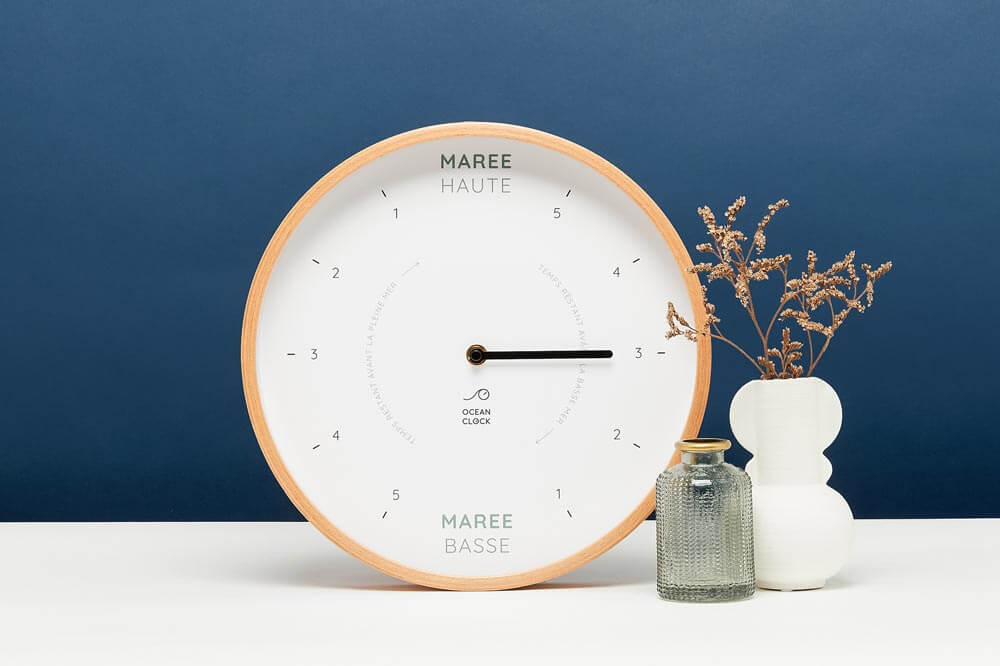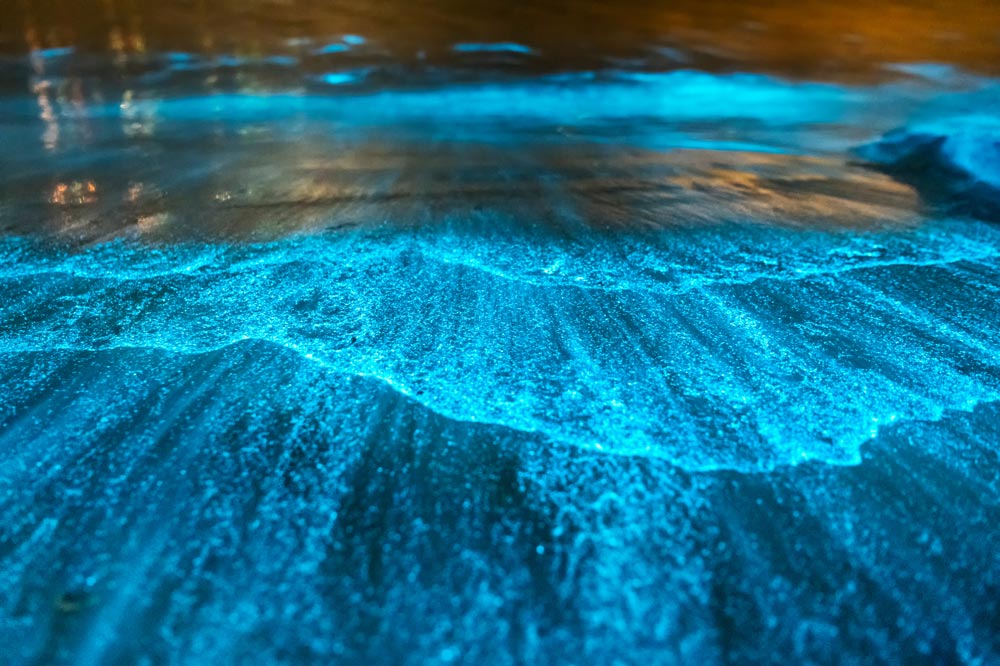When is the best time to go to the beach low tide or high tide?
Our tips to fully enjoy seaside holidays
It is almost time to get the suitcases packed and laze around on the seaside! For those who are lucky enough to dive into the ocean this summer but who are confused when people talk to them about tides, this article is for you. Here, we briefly explain to you the phenomenon of tides and we give you a few tips to help you organise your summer activities at the seaside, depending on the tide.
Difference between high tide and low tide
Before suggesting activities depending on tides, it is essential to know what are high tides and low tides.
High tide means that the sea level went up and reached its highest point. To the naked eye, we may notice high tide when the water has recovered a part of the beach. What are low tides? Conversely, low tide is when the water has withdrawn and leaves behind a larger stretch of sand or protruding rocks.
Now that we have explained the high tide and low tide meaning, we assume that another question comes to mind: why there is high tide and low tide? Let us focus on this phenomenon which happens twice a day, if you have not read our previous article on tides.
The causes of high tide and low tide are mainly related to the attraction of the Moon and Sun on our planet. This force exerted by stars attracts the water on the surface of Earth towards them. The Moon being closer to us, it is the one that has the strongest power of attraction on oceans. The tide will be high when the water surface will be in the axis of the Moon, but it will also be high on the other side of Earth due to centrifugal force.
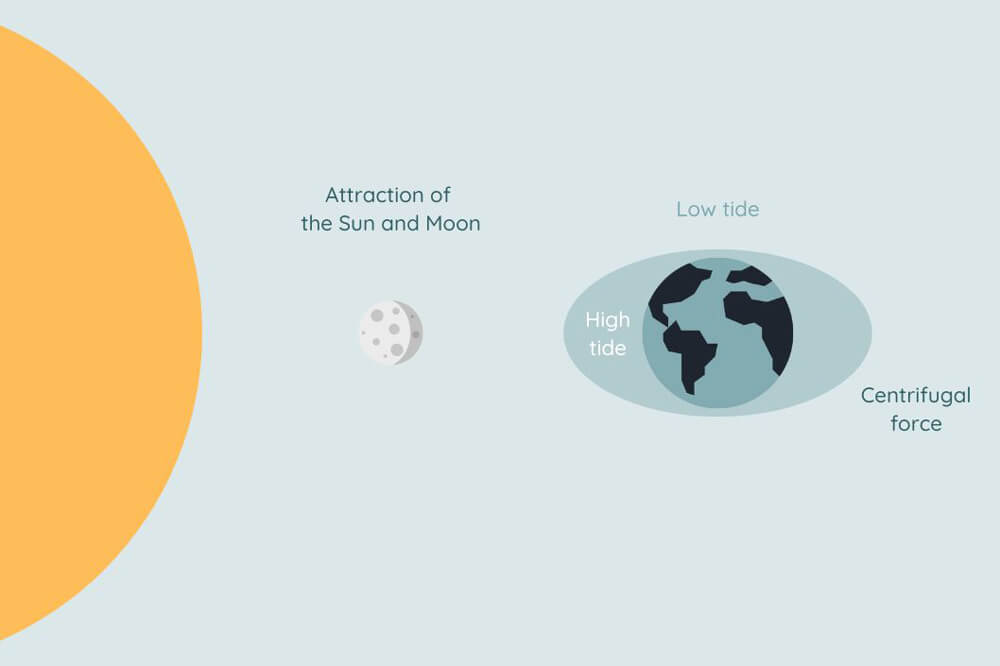
Now that you know what are high and low tides, you need to know how to observe the state of the tide to safely head off to the ocean.
How to know the state of the tide?
Before going swimming, surfing or fishing, you must ask yourself a question before setting off to the beach: is high tide in or out?
Why is it important? The ocean is a natural element which can turn out to be dangerous. The tide can cause strong currents on the seaside, called rip tide, and put swimmers’ life in danger. During high tidal coefficients, tides are stronger, the ocean can rise very quickly and surprise walkers who came to enjoy low tide.
Note that there is a difference between ocean tide and tide sea. Some seas have their water rise or withdraw just a few centimetres, which does not affect any kind of nautical activity. For example, in the Mediterranean Sea, the difference between low tide sea and sea high tide is 40cm.
Whereas in the ocean or the Channel, for instance, water can move several meters.
This is why it is important to get information on the tide before heading off to the ocean.
Today, there are several tools which enable to follow the tide’s state: the tide calendar, tide clock, tide watch, specialised websites…
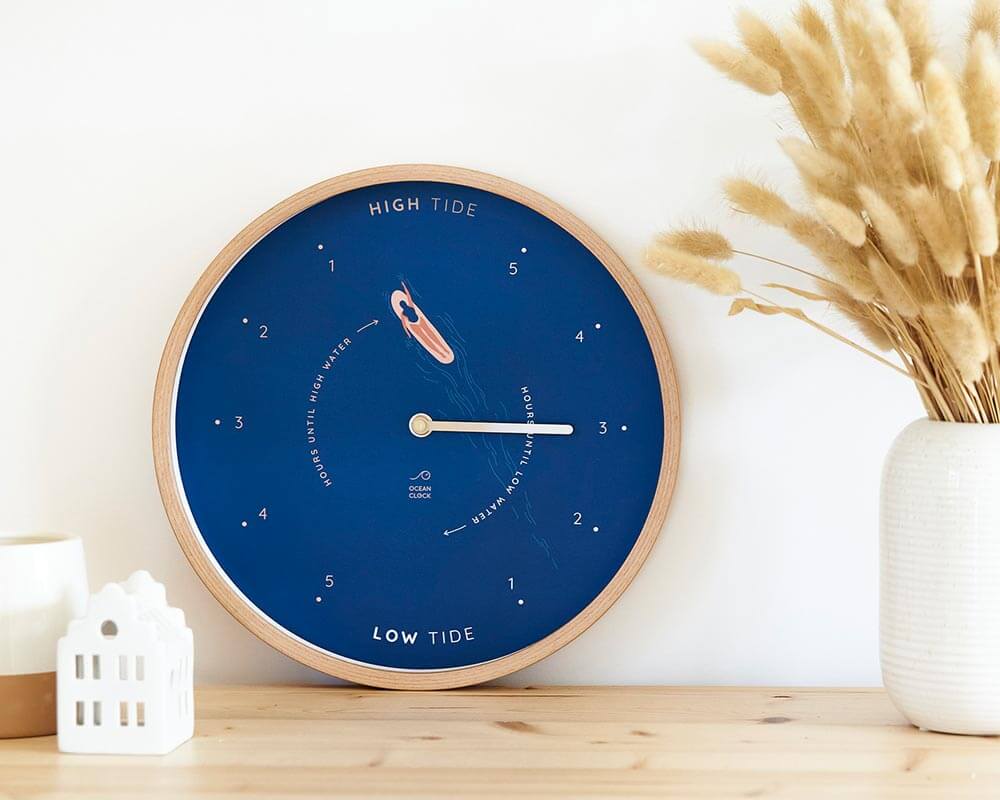
Summer Tide Clock - Ocean Clock © Studio 255
Tide clocks indicate you on their face the time left before high or low tide.
In addition to giving this essential information for your ocean outings, they have now become must-haves in deco thanks to their modern design. Practical and easy to use, tide clocks help you organise your nautical activities at a glance without leaving your home.
Activities to do depending on the tides
Your eyes on your tide clock, you are wondering when is the best time to go to the beach low tide or high tide? The answer is simple, it all depends on what you want to do and the place where you are.
Some activities can indeed only be done at a very specific tide cycle period. Low tide is a particularly good time for beach activities. Sand yachting, for example, requires wide open spaces to sail with the wind and thus only low tide can give you nice stretches of sand for you to roll at great speed.
Also, shore fishing, much appreciated by holidaymakers or seaside locals, can only be done at low tide. As the sea withdrew, it leaves behind some fish, shells and shellfish that are hidden in the sand or rocks.
If you prefer angling, the best is to wait for the tide to rise for surfcasting. This technique consists of fishing from the shore by casting the line with a long fishing rod. The advantage of fishing at rising tide is that you can cast your line as far as possible and let the tide cover your fishing zone. Additionally, the rising sea will carry planktons towards the shore which will attract small and big fish. A godsend!
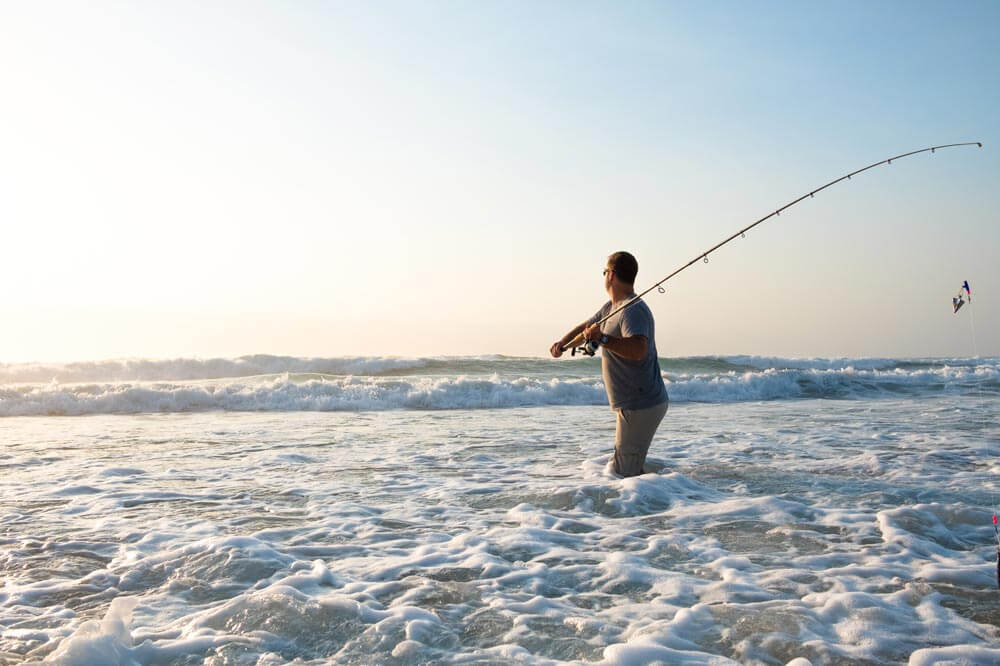
For those who dream of sailing on the ocean, there are not really any rules to follow regarding tides. As for boating, many elements are to be taken into account, especially the water level and tide currents. You will have to adapt your navigation route to tide times because some routes are not accessible depending on currents and the tide’s state.
Want to surf? Here again, there is no perfect timing, each spot has its peculiarities. You must check the tide before your session, but also other surfing conditions ought to draw your attention, such as the wind and swell. Before taming waves, the best is to get information from locals in order to choose the right spot according to your surf level and fully enjoy your gliding moment.
You are now all set to enjoy a summer punctuated by tides!
